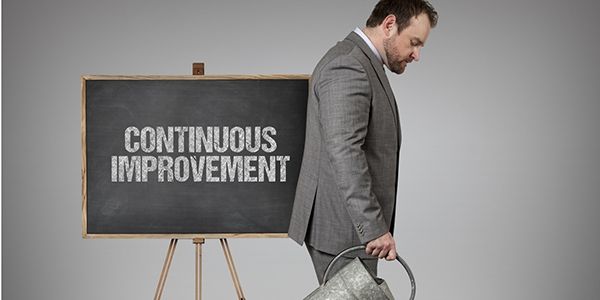OUTSIDE THE BOX Forum: Fixed Bid Agile Projects
It would seem that this is like mixing oil and water. But it does work with just a minor adjustment of client expectations.
In the traditional project management world, the sponsor provides the resources on the assumption that the project manager will deliver a specific product that meets the stated functional specification within the resource constraints and that satisfies expected business value. In the complex project world, the sponsor is asked to provide the resources without any statement of what the deliverables will be and even if they will satisfy the desired functional specifications and provide the expected business value. You are asking the sponsor to invest resources with no assurance they will get anything that meets their needs and produce acceptable business value. These are always high-risk projects that may have been unsuccessfully tried before. On the face of it that doesn’t sound like a good business proposition.
Let’s dig a bit deeper into the realities of these complex situations and see how the project might be presented to the sponsor as a good business proposition.
What Kind of Projects Are We Talking About?
First, they are risky projects. They will be critical to the continued success of the business but will not have been successfully executed in the past. I recall the first time I encountered just such a project. I think you will find its story interesting and that it offers a clue to the strategy you can use should you be faced with this situation.
Over 25 years ago I was approached by a loyal client who wanted my team to build a complex application whose goal was an ideal end state (or maybe a dream state to be more accurate) for their business model but how to achieve it (its solution) was mostly undefined. The project had been tried in the past without success. The client was willing to invest $5M but needed a solution within 12 months. I could choose my team. The continued success of their business was threatened by technology and new competition and depended on the success of this very high-risk project. I told my client that we would do the project if he would appoint one of his senior managers to our team. They should understand the business model requirements and be able to represent and make decisions for their business. I would want that manager to join our team as a full-time member. I argued that I could not assure success unless the client provided that level of commitment. The manager was appointed, and the project was a success.
I learned two invaluable lessons from that experience. The first lesson eventually evolved into our Co-Manager Model. I have never taken a client project engagement since then without using this Model. Over the years the Model has matured and become an essential tool for my version of Collaborative PM. It has become pervasive across several project management processes which are topics for other articles.
The second lesson was a strategy for contracting such projects, and that is the topic of this article. You need to approach the sponsor with a statement that the project is complex and high risk and you want to do the best job you can and hopefully deliver the expected business value with a solution that meets the specified requirements. Others have failed, and there is no guarantee that you will be successful. So your proposal goes something like this:
This project is very high risk and critical to the continued success of your business. I want to assemble the best team I can so that I can do the very best job possible. With the appointment of a senior manager from your business unit to my team who can make commitments and decisions for you. We will work as co-equals to produce the very best solution we can given the assigned resources and time frame you offered.
Granted this will take the sponsor out of their comfort zone because they will be making an investment without any guarantee of a return. But their efforts have failed so far. So what do they have to lose? Except for their business which will be lost unless a solution can be found. Fast forward to the end of this project. You will produce at least a partial solution but will have learned a lot about the problem situation and should have several potential directions to go to improve that solution. Another investment will have a better return and perhaps provide the complete solution too!
What Is to Be Gained from That Senior Manager?
The key here is that that senior manager works as a co-equal with the project manager. That creates ownership of the deliverables, and with their reputation at stake, they will do their best to make sure the project is successful and delivers the expected business value. So as a project manager you will get their best effort. All you have to do is cultivate that collegial relationship. One thing you will need to keep in mind is that you are taking the client outside of their comfort zone when you recruit them as your co-manager.
Putting It All Together
We are in the Information Age where project teams are no longer command-and-control teams. They are collaborative teams. Collaborative teams are groups of people who are working together for a common goal. Each team member brings their expertise to bear on the project. Team expertise is an excellent risk mitigation strategy!









